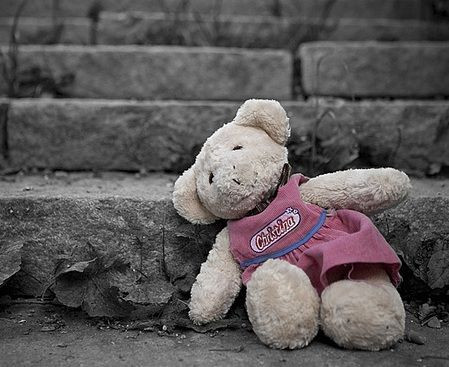Child Abuse Rose In Recession: 5 Tips to Prevent Shaken Baby Syndrome

Researchers found an alarming increase in the rate of child abuse among infants during the economic recession in the United States from 2007 to 2009, raising concerns over the effects of economic hardship on violence.
During the period before the recession the overall rate of shaken baby syndrome was 8.9 for every 100,000 children. However it rose to 14.7 for every 100,000 children during the recession, an increase of 65%, according to a study published today in the journal Pediatrics.
From 2004 to 2009, researchers analyzed a total of 422 children under five years old with shaken baby syndrome. The period between December 1, 2007 and June 30, 2009 was considered the official span of the economic recession.
"This finding is consistent with our understanding of the effect of stress on violence", researchers wrote on the document. "Given the high morbidity and mortality rates for children with AHT, these results are concerning and suggest that prevention efforts might need to be increased signiï¬cantly during times of economic hardship."
Abusive head trauma, or shaken baby syndrome is the leading cause of death from child abuse and the most common cause of severe traumatic brain injury in infants, according to the study.
Previous studies have found that poverty and stress are risk factors of abuse but evidence relating the effect of economic stress on the wellbeing of children had been less clear, the study said.
Preventive Measures
Five initial prevention tips offered by the Centers for Disease control and Prevention include:
- Rubbing his or her back,
- Gently rocking
- Offering a pacifier,
- Singing or talking, or
- Taking a walk using a stroller or a drive with the baby in a properly-secured car seat
If those aren't enough, the CDC also encourages:
- Checking for signs of illness or discomfort like diaper rash, teething, or tight clothing.
- Calling the doctor if you suspect your child is ill.
- Assessing whether he/she is hungry or needs to be burped.
If a parent find him or herself "pushed to the limit" by a baby crying, the CDC suggests parents "focus on calming yourself."
"Put your baby in a crib on his or her back, make sure he or she is safe, and then walk away for a bit and call a friend, relative, neighbor or parent helpline for support. Check on him or her every 5 or 10 minutes."
Published by Medicaldaily.com



























